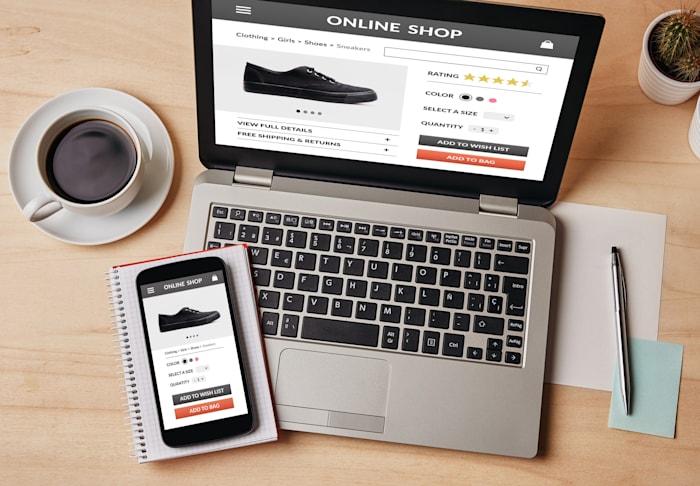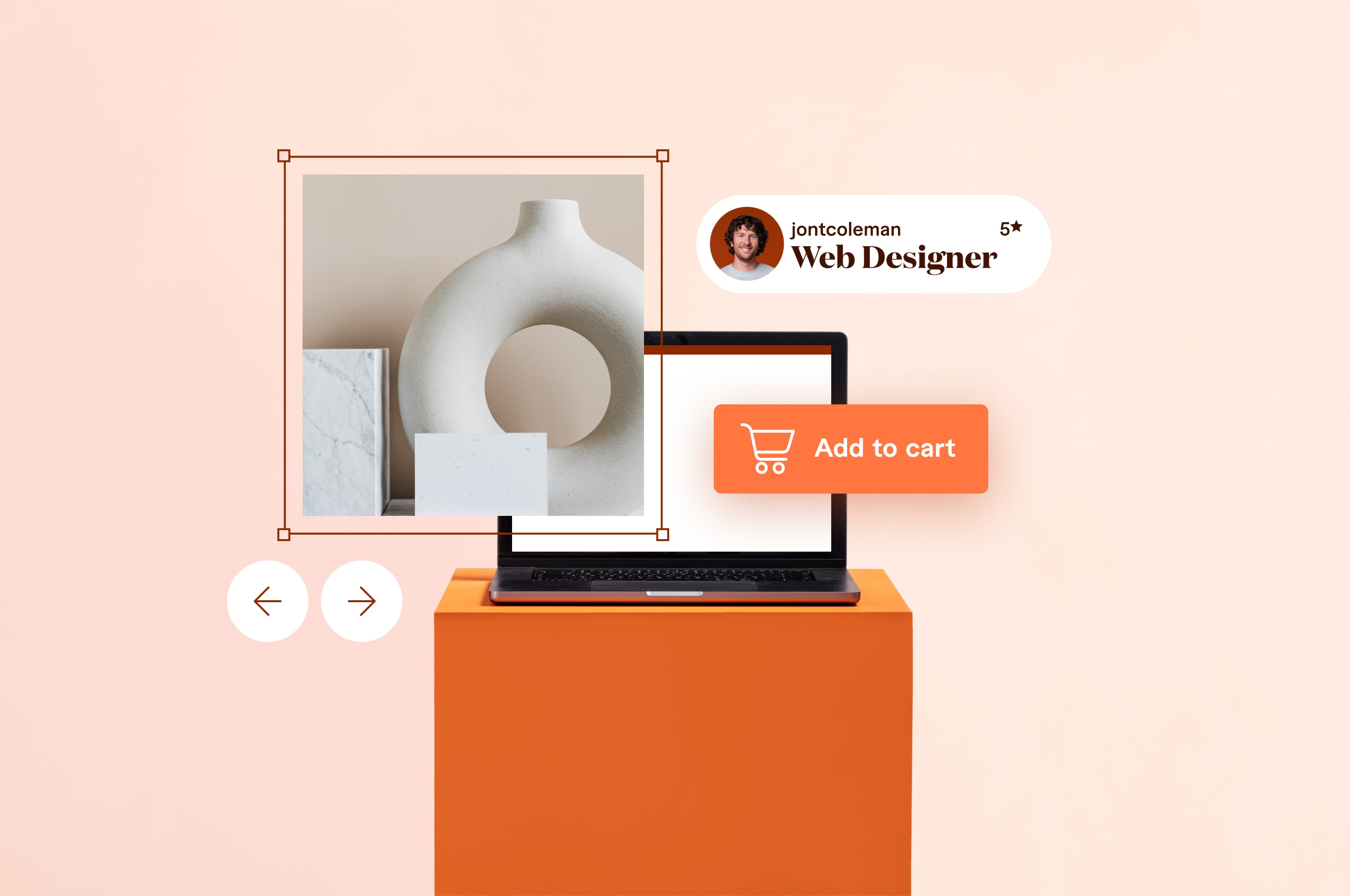How To Start an Ecommerce Business on Shopify (2024 Edition)
In 10 simple steps, you can build an ecommerce business from scratch and launch it on Shopify. Here’s how.
 September 25, 2023
September 25, 2023 10 minute reading
10 minute reading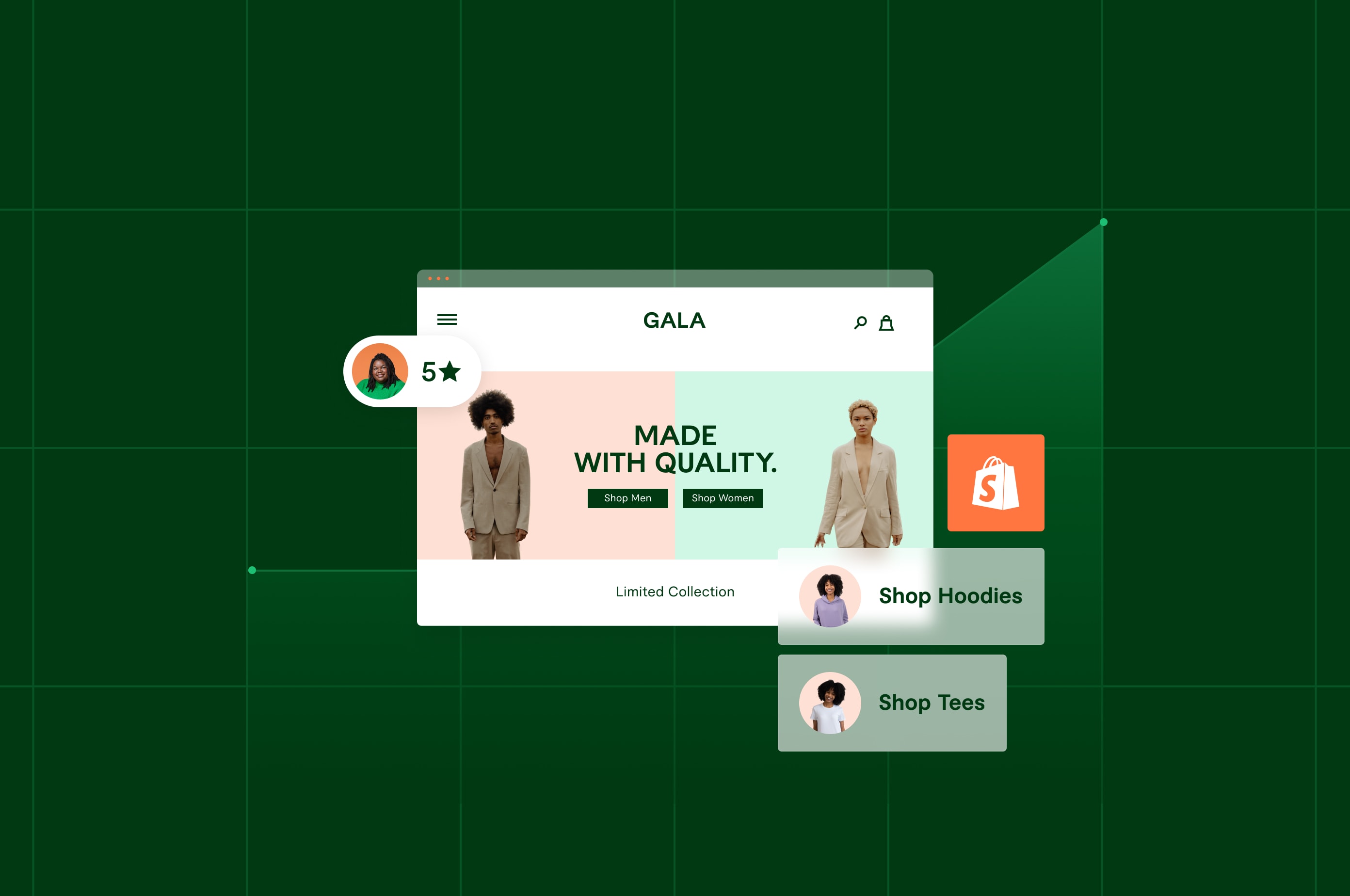
There are more than five billion internet users online today, revolutionizing the way global shopping is conducted. Ecommerce has become an increasingly popular—and easy—way for entrepreneurs to start a business. Being the largest ecommerce provider to the top one million sites, Shopify is well-equipped to make starting an ecommerce business even more straightforward
What is an ecommerce business?
An ecommerce business is a type of business that allows customers to buy and sell products or services over the internet. Ecommerce businesses can take many forms, such as traditional online retail stores, subscription services, and more. Most ecommerce businesses that are starting out launch on a platform or online marketplace—such as Shopify, Amazon, Alibaba, eBay, or Etsy. These platforms provide the infrastructure and tools necessary to create and manage an online store—including payment processing, inventory management, and shipping.
One of the greatest advantages of ecommerce businesses is that they don’t require a physical storefront. This makes them a great option for entrepreneurs who want to start a business with low overhead costs. Below, we’ll explore the step-by-step logistics behind starting an ecommerce business on Shopify in 2023.
Optimize & Customize Your Shopify Store
1. Find the right niche
Successful online businesses don’t try to cater to everyone on the internet—they narrow their offerings down to a niche and market to their target audience. Finding the right niche requires thorough research into the ecommerce industry, as well as market analysis to identify unique opportunities and trends. It also means focusing on a target customer and demographic that you can serve with your product or service.
Competitor analysis
After you’ve determined your niche, analyze the competition in that space so you can put yourself at an advantage. Figure out logistics, like if you’re marketing yourself as a business-to-business shop or a business-to-consumer shop. Ask yourself questions such as:
Who are my main competitors?
What do they offer?
How can I differentiate myself from them?
Why should customers choose me over them?
Identifying your competitors’ weaknesses and strengths will help you create an effective ecommerce business plan.
Product research
Before launching your small business and building your Shopifyecommerce website, it’s essential to test and validate your product idea with potential customers.
You can this through:
Online surveys
Interviews
Focus groups
One-on-one conversations with people who fit into your target demographic.
The more input you can gather, the better. To elicit the most useful responses, ask open-ended questions such as:
What do you think of my product idea?
Would you consider buying from me?
What would make you choose to buy from me over other companies offering similar products or services?
Doing this research allows you to refine and improve upon your product or service. It also gives you valuable business ideas based on the feedback of consumers in the online market. With this information in hand, small business owners can better understand their targetcustomer base and create an ecommerce business model that caters specifically to their needs.
2. Set up a Shopify store
Shopify is one of the most popular ecommerce hosting providers for startups. Although building an ecommerce site may seem daunting at first, there are several steps you can take to help you launch a successful ecommerce business.
Sign up for a Shopify account
Shopify offers free trials for store owners. Sign up by entering your email.

Free trial page on Shopify
Name your store
Shopify prompts new store owners to complete eight essential tasks involved in launching a successful ecommerce brand. One of the first steps is to name your store. Select a name that gives customers an idea of what kind of digital products or services they’ll find on your site.
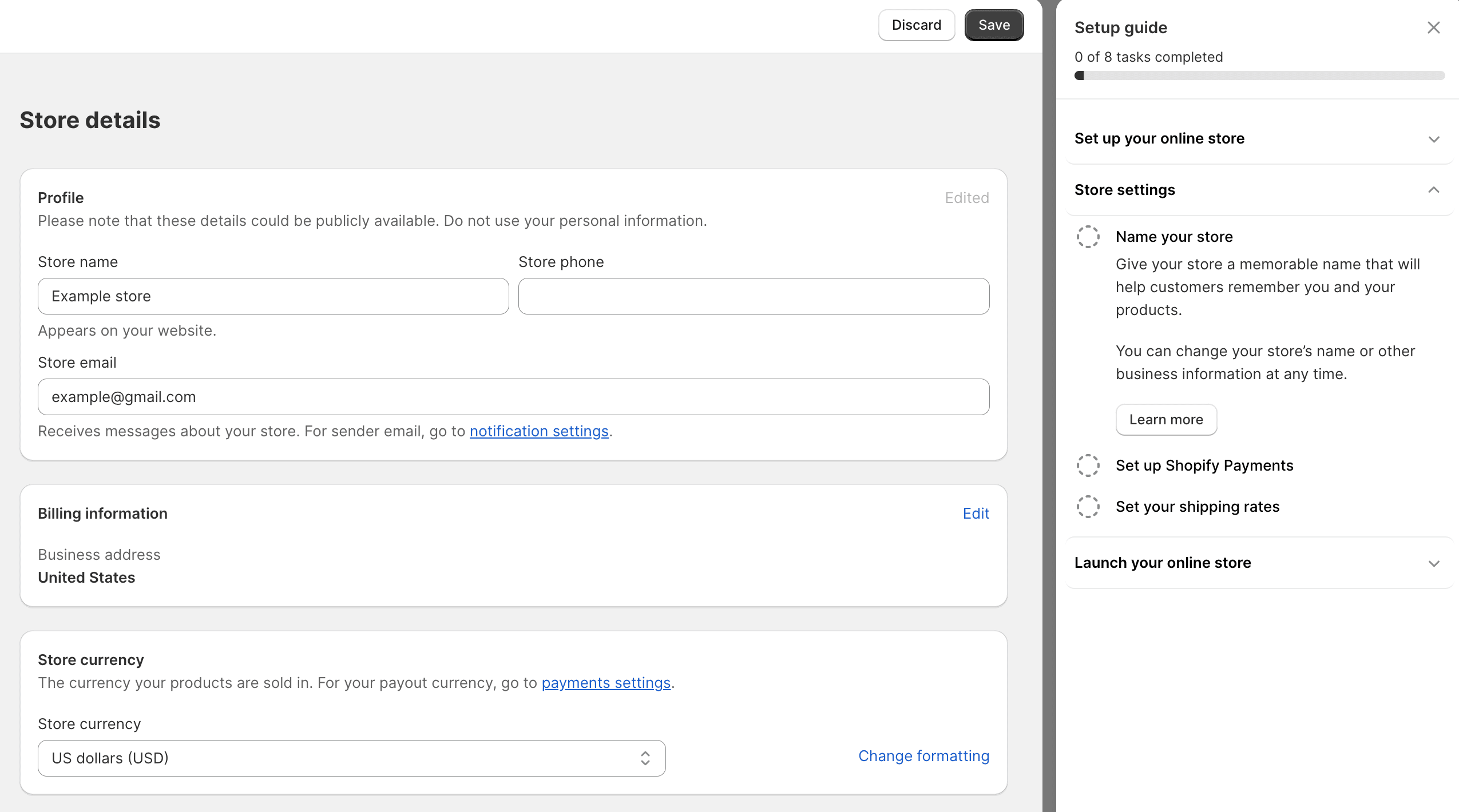
Setting a business name and details on Shopify
Choose a domain name
Your domain name should be easy to remember and be similar to the name of your business to avoid confusing customers.

Buying or connecting a domain name on Shopify
3. Add products and branding to your store
Now is time for the fun—and important—part. Personalize your new business by adding branding and ecommerce design elements, as well as product listings, to your storefront.
Design your logo
A logo creates recognition for your brand in the marketplace. Whether you hire a freelance logo designer or create one yourself, take time to craft a logo that accurately represents your brand values and resonates with potential customers. Make sure that any colors used in the logo are consistent across all platforms and pages.
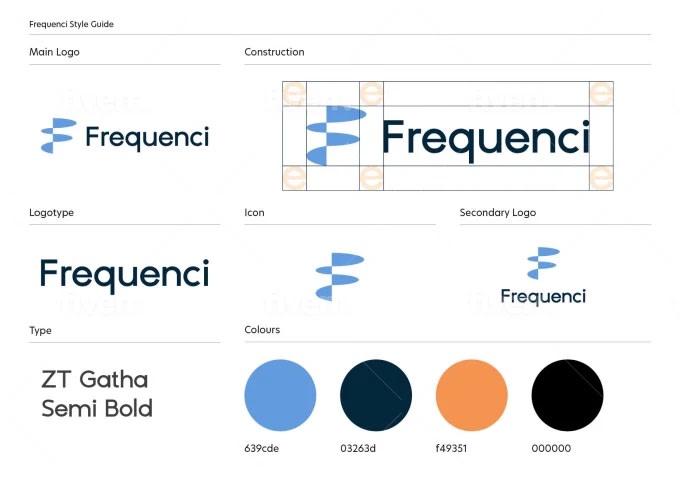
Logo designed by Fiverr freelancer Oliver Swin
Add product listings
Start by gathering information about each product:
Title
Description
Pricing
Images/videos
High-quality photos of your ecommerce products are a must if you want to boost your conversion rates.
“We hired freelancers to help edit all our photos and videos for the site. This is potentially the most important factor that decides whether your store is a success or not, since the image on your store will determine whether someone will make a purchase,” says Patrick McCann, editor-in-chief of car expert and tire information business We Try Tires. “We found that the better images on site would convert significantly higher than the lower quality images.”
4. Add pages and theme to your store
Continue to set up a visually appealing and user-friendly website by selecting the right theme for your store. The theme should reflect both your brand identity and provide customers with an enjoyable shopping experience. It’s also important to make sure that the chosen theme is mobile-friendly, as 60% of global ecommerce sales happen on mobile devices.
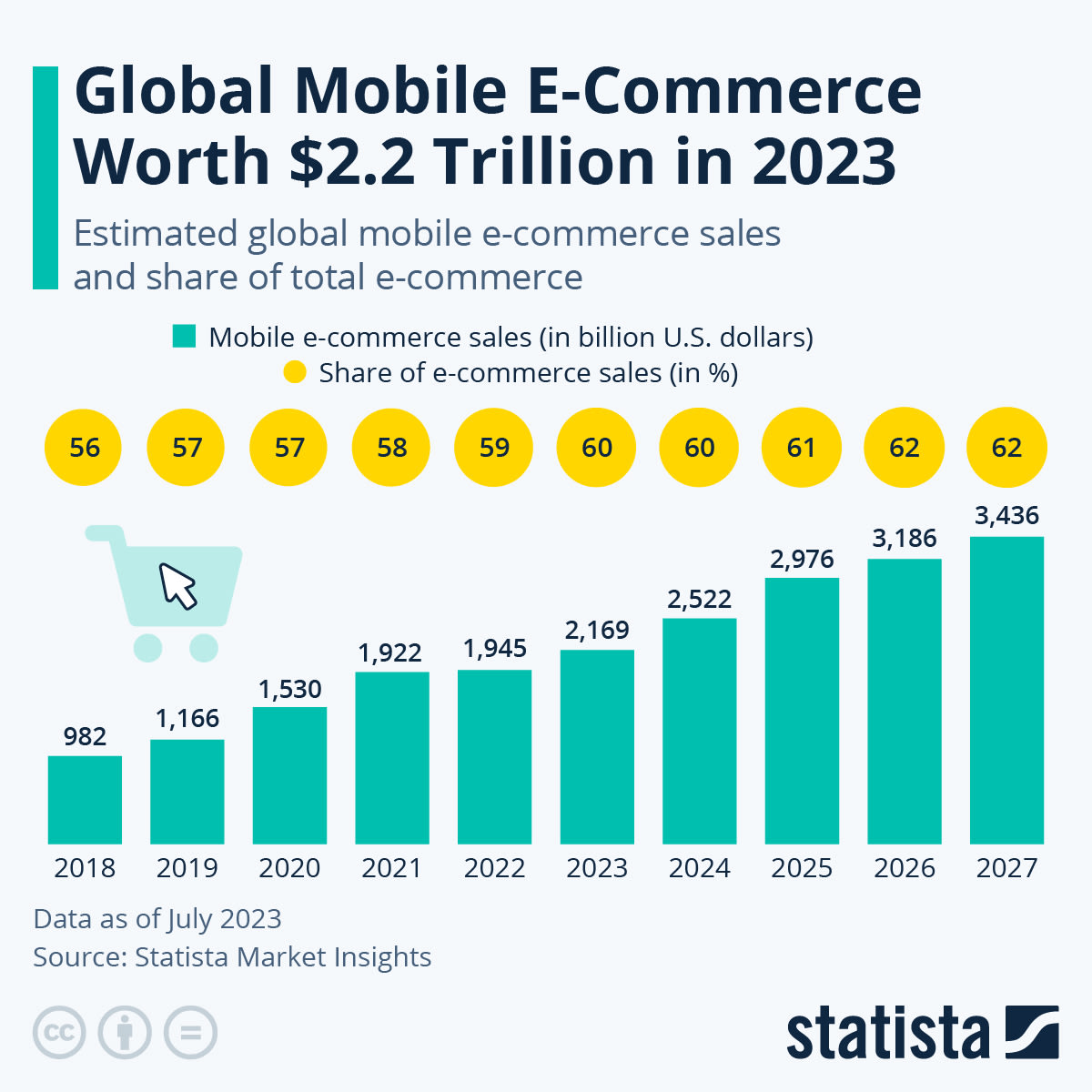
Bar graph representing global mobile ecommerce sales from 2018–2027. Statista.
Once you’ve begun customizing your store, don’t forget to add pages such as:
About Us
Contact Us
Shipping Policy
FAQ
These pages boost customer trust by providing them with all of the necessary information they need about your store. To further enhance customer engagement and visibility online, consider adding a blog, which can inform customers about products or services, as well as provide an extra digital marketing avenue.
5. Set up your payment gateway and shipping
Pick the right payment gateway that meets the laws and regulations of your country. Popular options include:
PayPal
Stripe
Apple Pay
Google Pay
Credit card
Each of these come with varying fees and functionality, so it’s important to explore each one thoroughly before deciding.
Shipping methods and rates for customers will depend on how you’re sourcing and developing your products. Try to include both domestic and international options as well as free shipping offers to encourage more sales.
6. Optimize your ecommerce SEO
Search engineoptimization (SEO) is essential for all ecommerce platforms to ensure a store stands out from competitors and reaches potential customers. There are three main types of ecommerceSEO: on-page, off-page, and technical. Read our guide about ecommerce SEO to learn what common mistakes to avoid.
To maximize ecommerce SEO, you need to:
Research and target relevant keywords. Analyzing trends and competitor strategies can help you understand what terms are most popular across different platforms. SEO tools can provide helpful insights into search volume, competition level, and cost-per-click of the targeted keyword.
Optimize your website’s metadata. Tackle technical SEO by avoiding duplicate content in the metadata of product descriptions. Include keywords when applicable, but don’t plug them in unnaturally.
Create content rich with keywords. All content published on your ecommerce website or social media channels should include the researched keywords. Longer form pieces such as white papers or case studies allow you to delve deeper into topics related to your business.
Establish backlinks. Reach out to influencers or partner with other businesses for guest blogging opportunities to gain valuable backlinks. If you’re having trouble earning backlinks, you can still rank highly on Google by following these 10 methods.

Table comparing technical SEO, on-page SEO, and off-page SEO
7. Launch your store
Before you know it, the much-anticipated launch day has arrived and you’re ready to share your small business with the world.
First, you’ll need to pick a plan. Shopify offers three separate plans: Basic, Shopify, and Advanced.

The three plans offered by Shopify, their pricing, and their features.
Now, all that’s left is removing the password on your store. Be sure to preview your site and make sure everything looks good before you go live.
Setup your Shopify website with these experts
8. Manage inventory, orders, and customer interactions.
Create a system for tracking your inventory and orders, otherwise things can quickly get overwhelming. Automation is a great way to store customer information and track interactions.
If you decide to engage in ecommerce dropshipping, you won’t have as much control over inventory levels and shipping as you would if you print on demand. While you have more control when warehousingphysical products, that upfront cost can affect your profit margins.
In brick-and-mortar stores, customers can physically see and interact with your products. The experience differs online, which is why you need to do a great job keeping customers happy if you want them to add anything to their shopping carts. Try out an ecommerce chatbot to assist with customer interactions.
“Earning trust was huge. In a physical store, people can touch what they’re buying. Online, you have to make them believe in you,” says Abhi Bavishi, owner of smart home store, Smartify. “Freelancers really stepped up for me. They helped write great content, nailed the SEO, and ran effective ad campaigns. If there’s one thing I wish I knew earlier, it’s how big a deal customer service is. A single bad review can really sting. Make sure you’re on point with your services.”
9. Market your business
If an ecommerce store launches on the internet but the owner doesn’t tell anyone about it, did it really launch at all?
While SEO efforts might attract some customers to your store, you need to develop a comprehensive ecommerce marketing strategy to grow your business and generate revenue. Here are a few different marketing strategies to engage in:
Social media marketing. Conduct a complete social media audit, set up a social media content planner, and engage with customers on each channel. Read more on social media marketing strategies.
Content marketing. Try out different forms of content marketing, such as user-generated content, setting a content calendar, and investing in video. Read more on content marketing strategies.
Email marketing. Segment your email newsletters and set up email outreach for cart abandonment, promotional offers, and more. Read more on email marketing strategies.
Affiliate marketing. Earn additional income by engaging in affiliate marketing to increase your brand’s reach and awareness. Read more on affiliate marketing strategies.
10. Continue to optimize your Shopify store
As a small business owner, you know that the work is never truly done. To stay competitive in online marketplaces, you need to optimize your store constantly to improve the customer experience. Here are a few tips:
Monitor analytics and customer feedback. Your Shopify store’s analytics can provide you with valuable insights into how people are finding and using your store. Consider using GA4 to better stay on top of these ecommerce metrics.
Introduce new products. If your store continues to grow, you might find yourself wanting to venture out and explore new types of products or new customers in a different target market. Follow a product launch plan for optimal success, and only branch out if it makes sense for your shop.
Invest in AI. Artificial intelligence tools can boost your small business’s efficiency. Try tools and apps out for content creation, SEO, and prompt engineering use cases.
Enlist the help of freelancers. Freelancers can take busy work off your plate—leaving you more time to focus on the more critical aspects of running a business. They can help you create a stunning website and are usually up to date with the latest trends in ecommerce.
“I hire a ton of freelancers! Writers come to mind. I also hire 3D artists to make renders of our products so our photos stand out,” says Christian Sculthorp, founder of Wall Panels. “I also hire my bookkeeper freelance, my graphic designer, my PPC expert … all freelance! Why hire full time when you don’t have full time work for one position?”
Join Fiverr today to get help designing your website, promoting your website, and creating a foolproof ecommerce SEO strategy.
